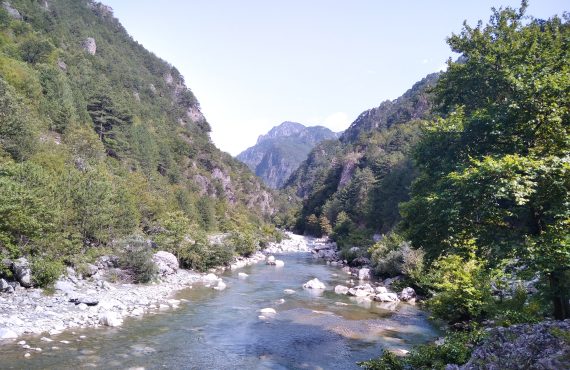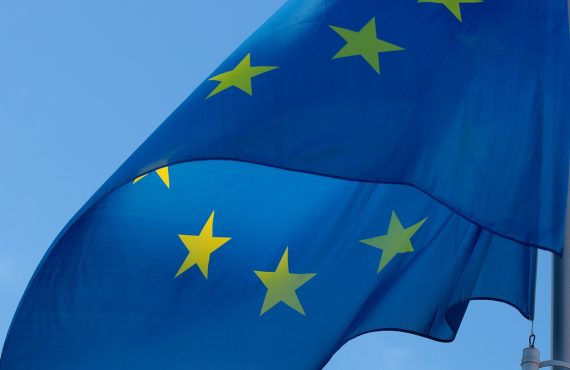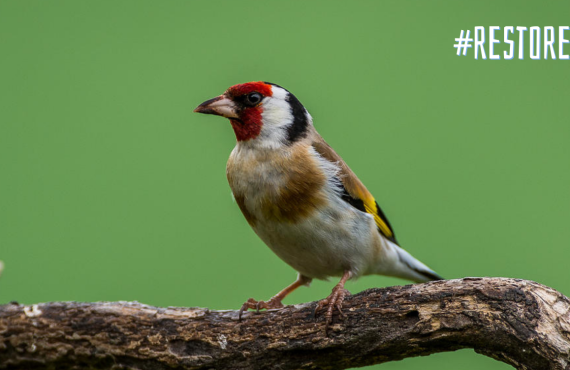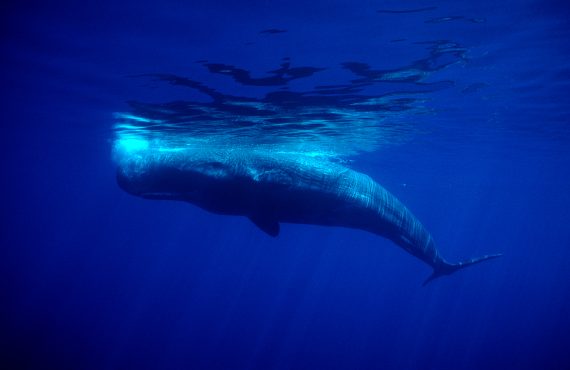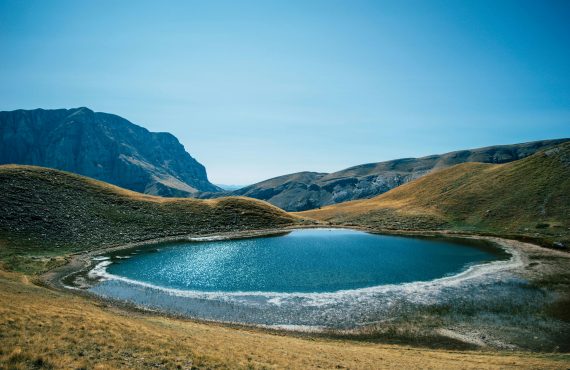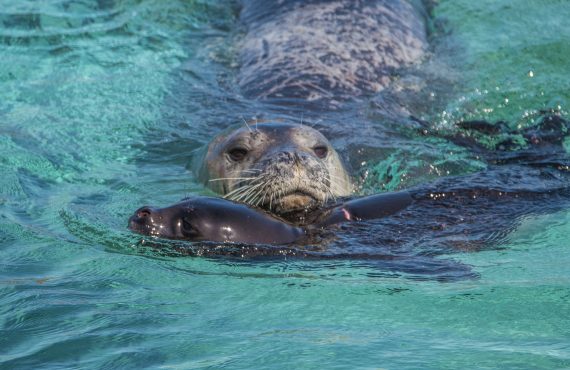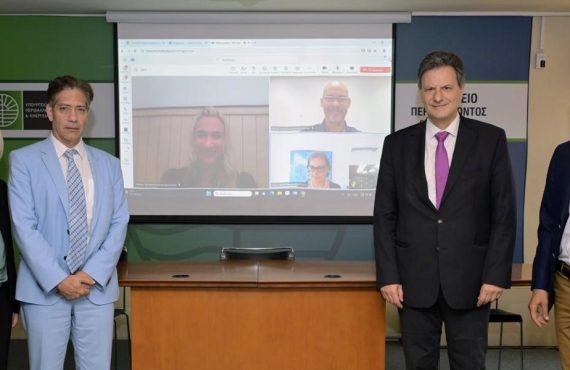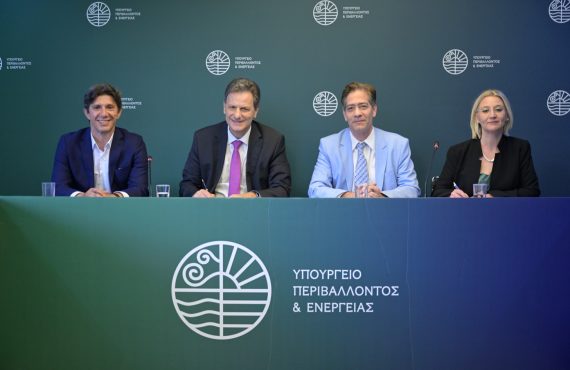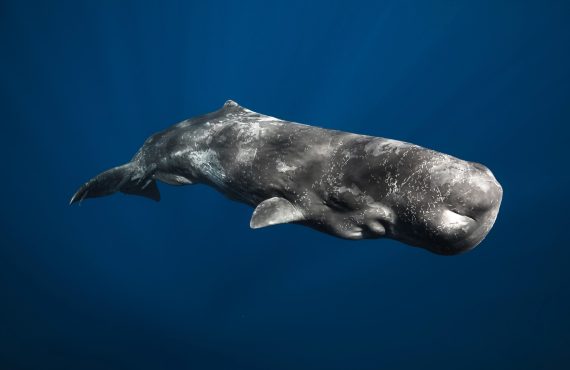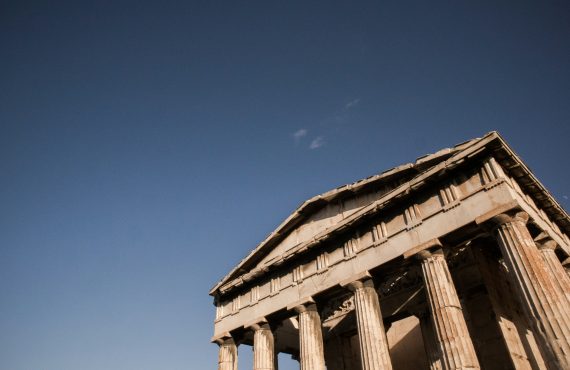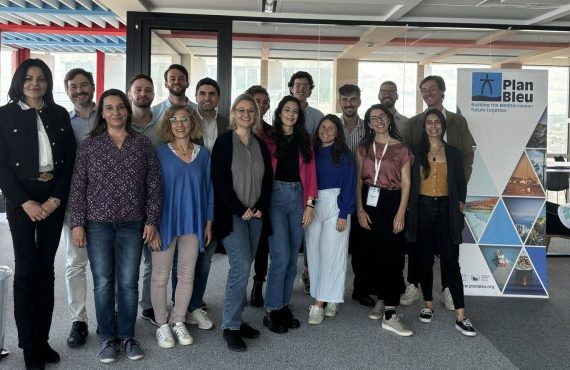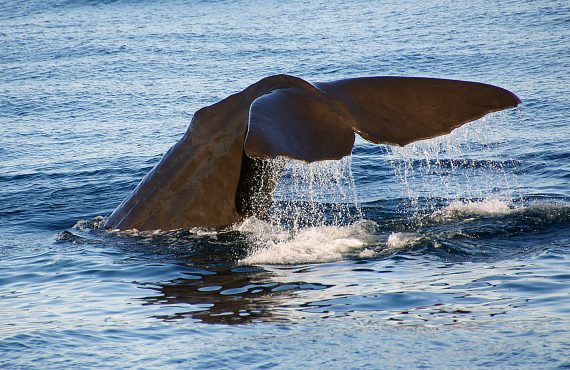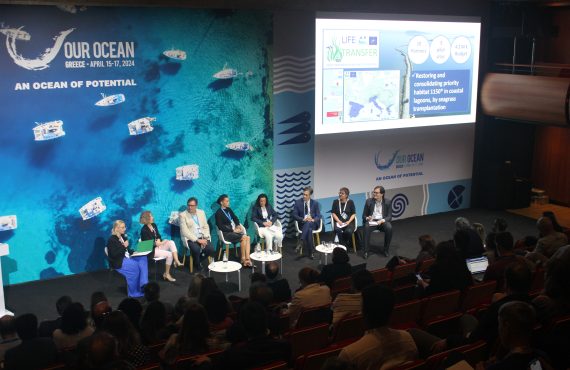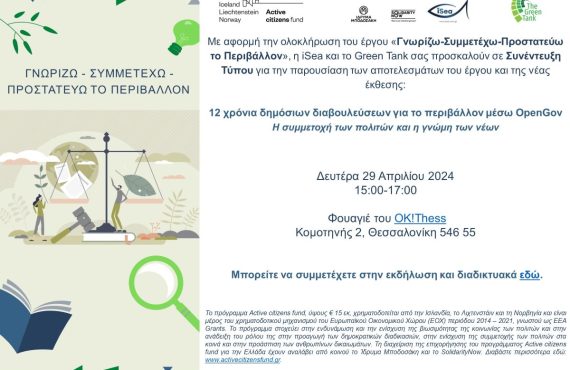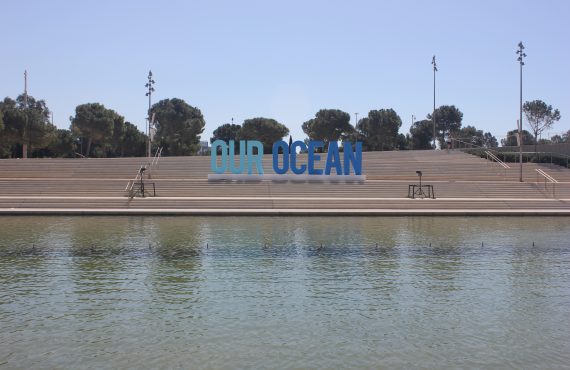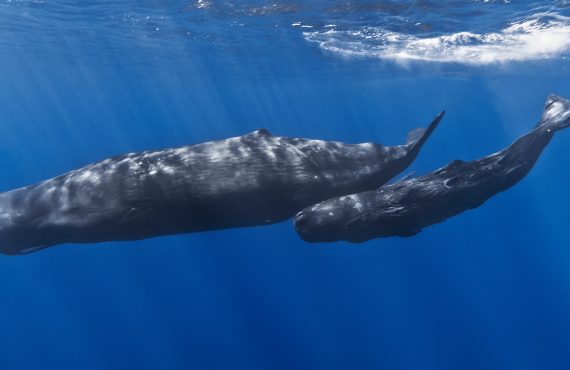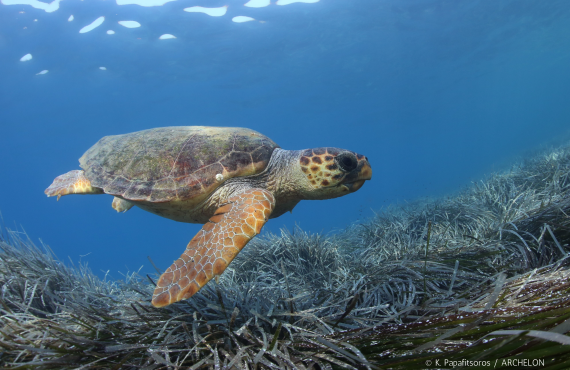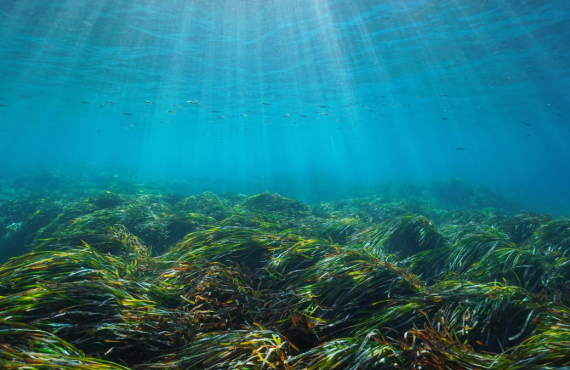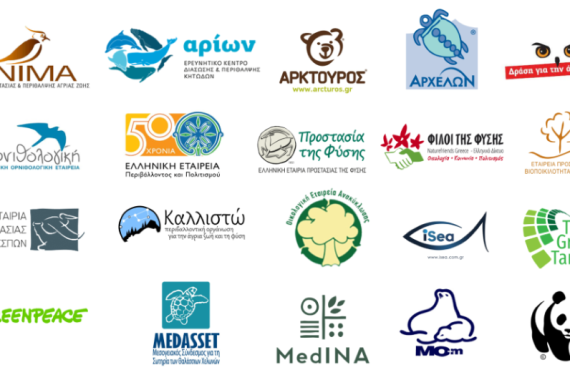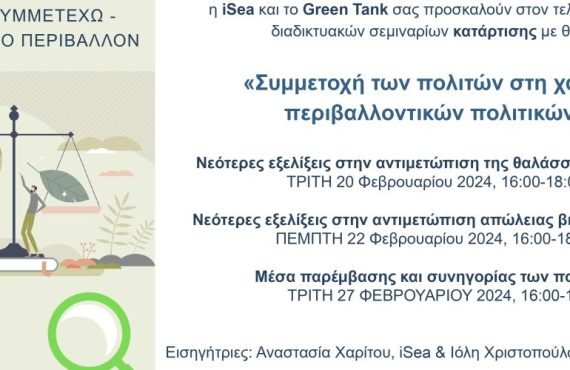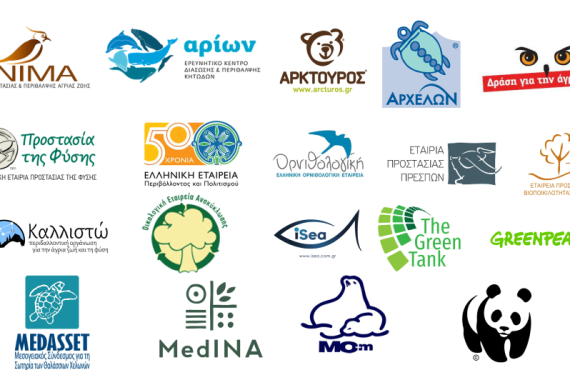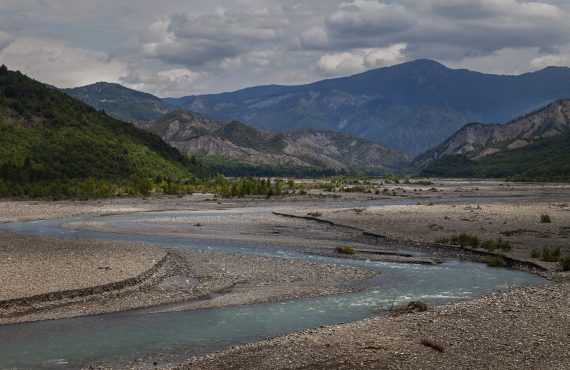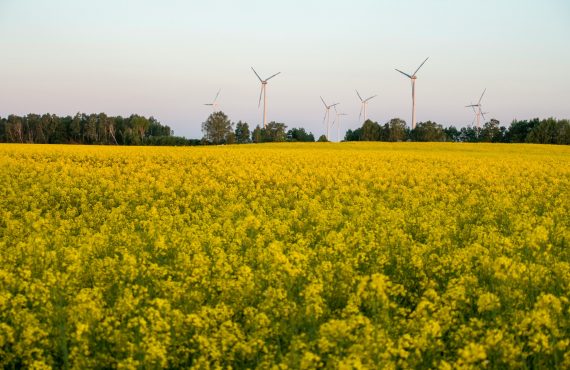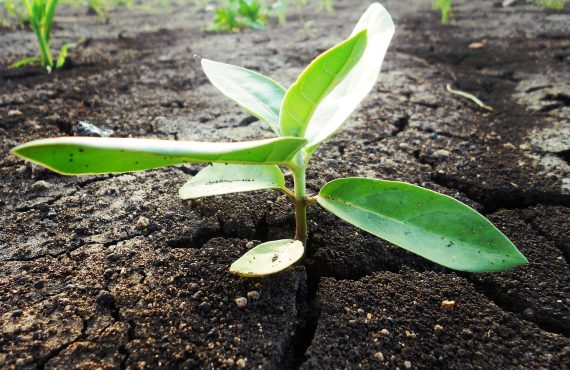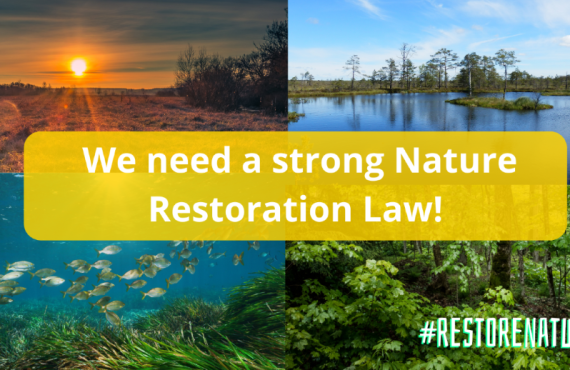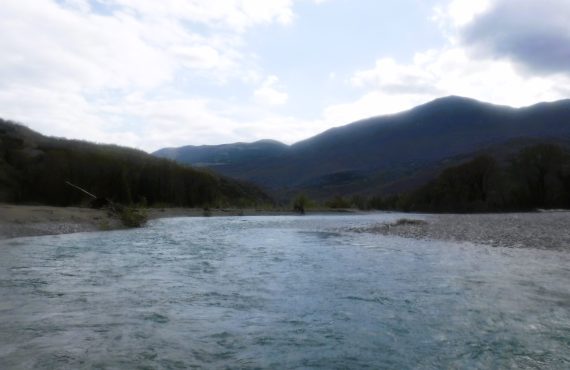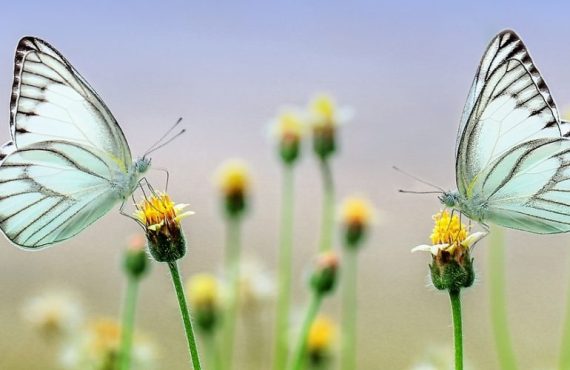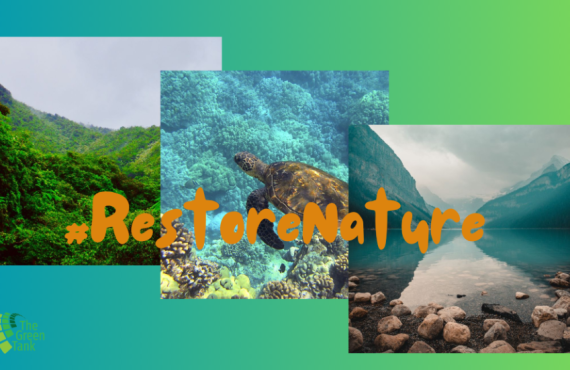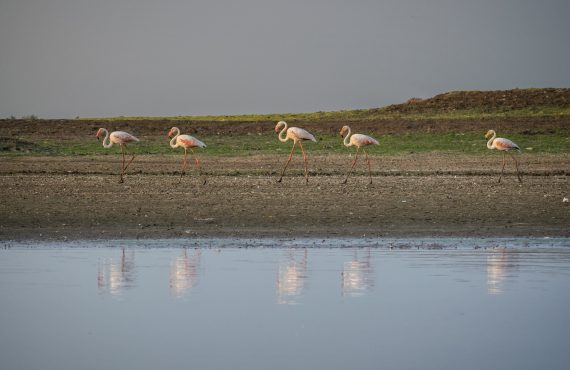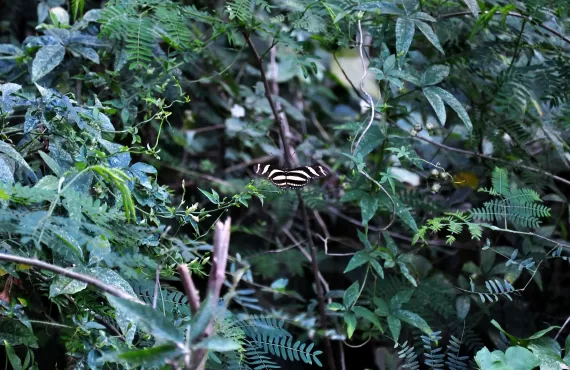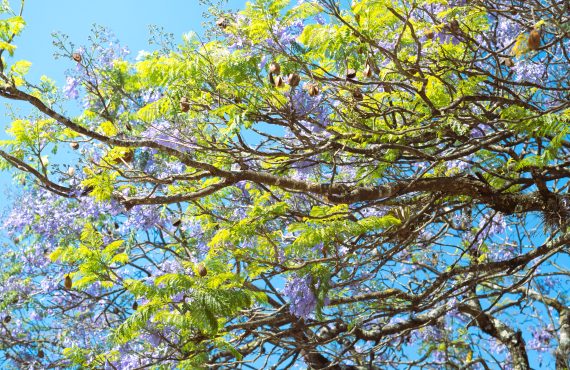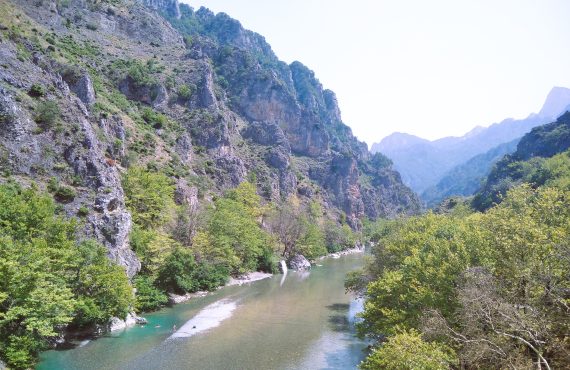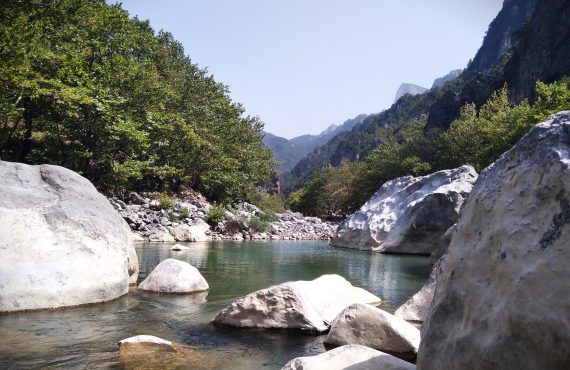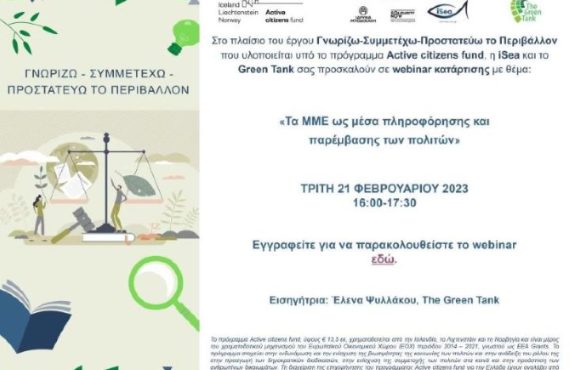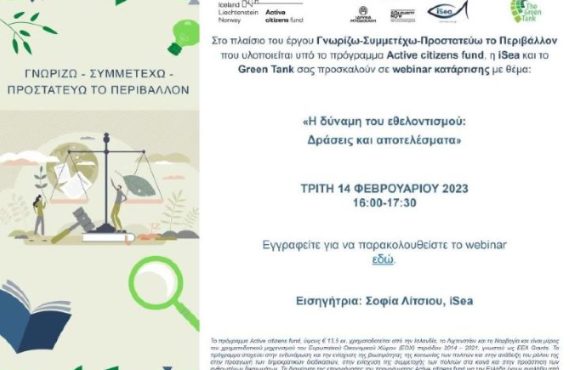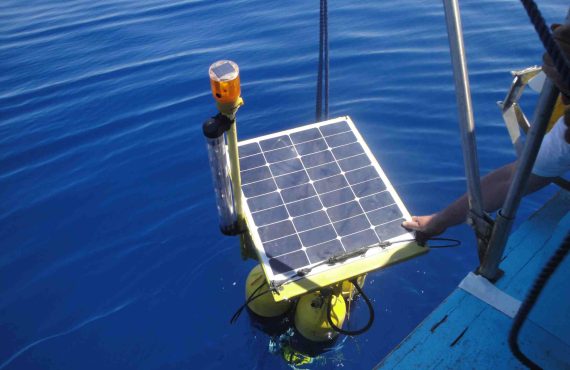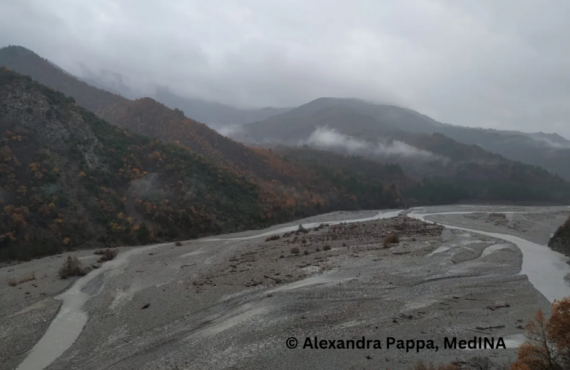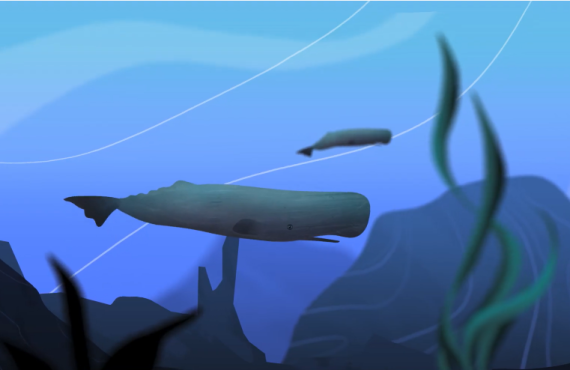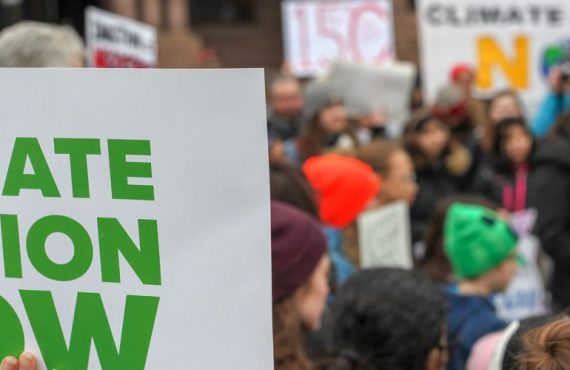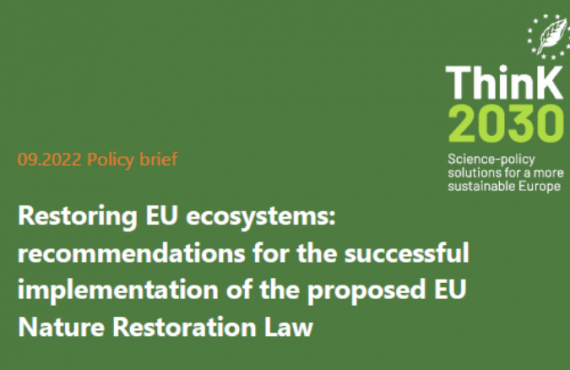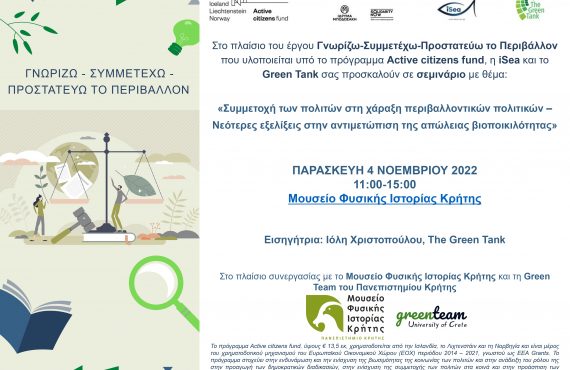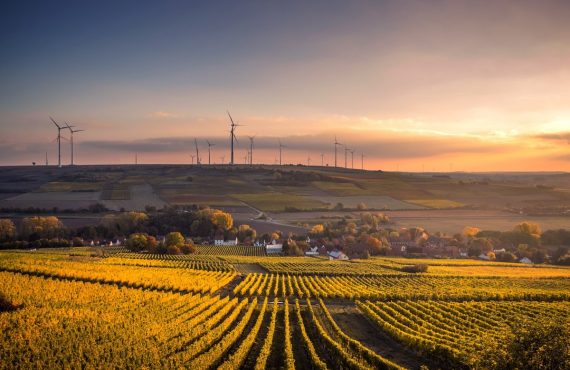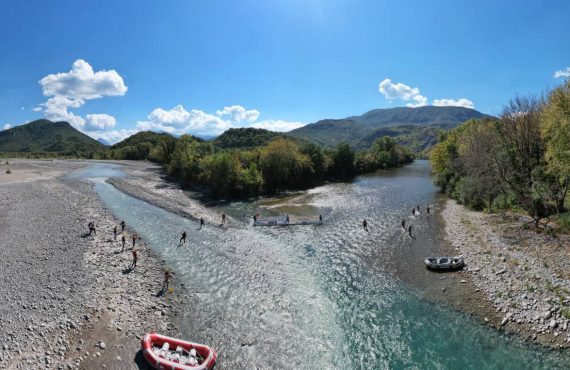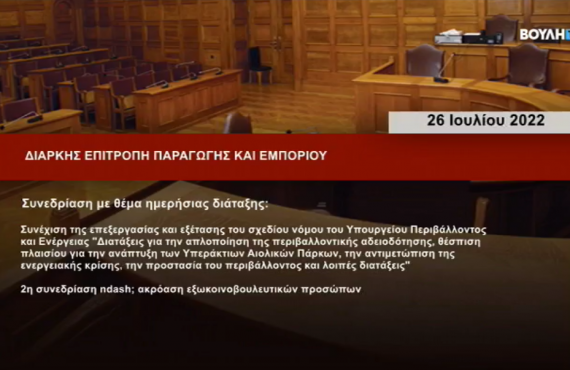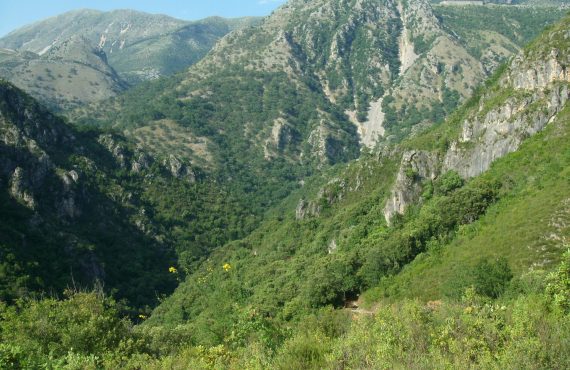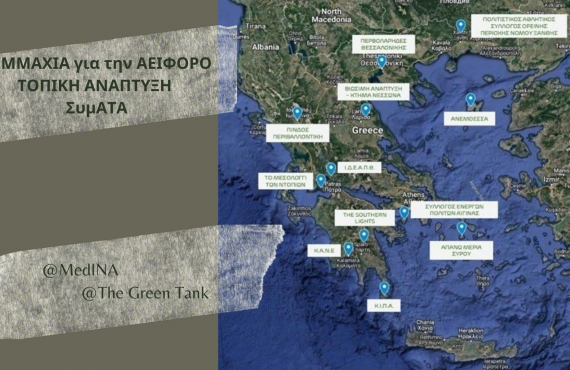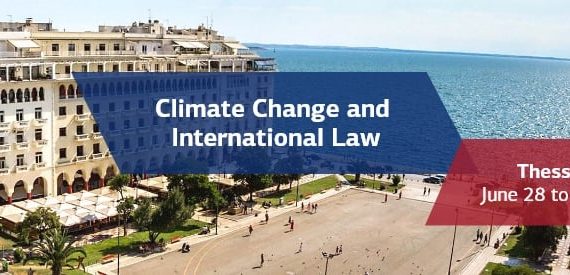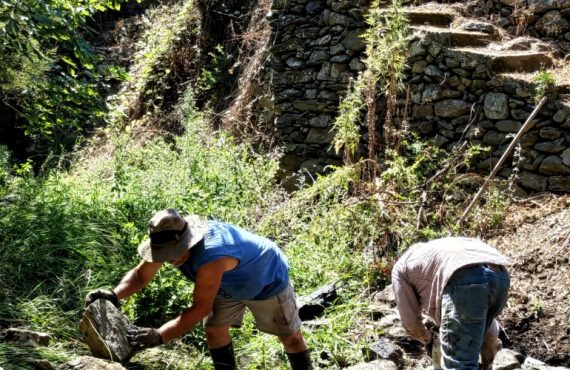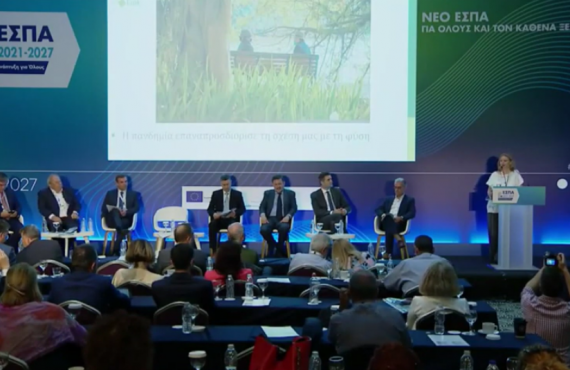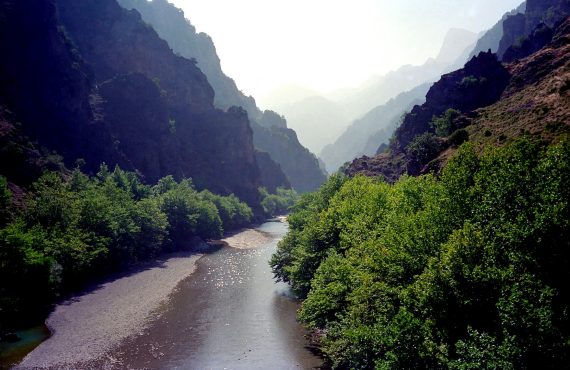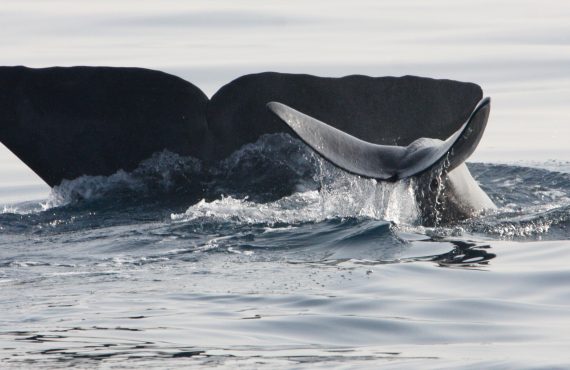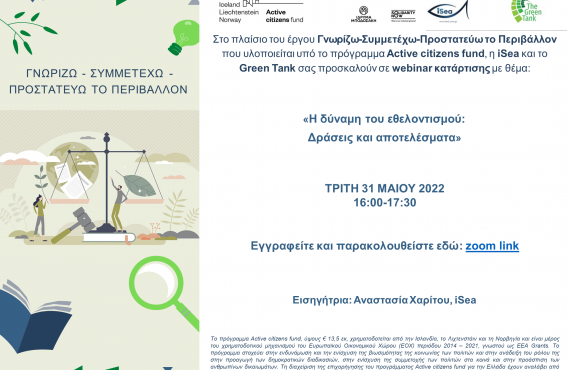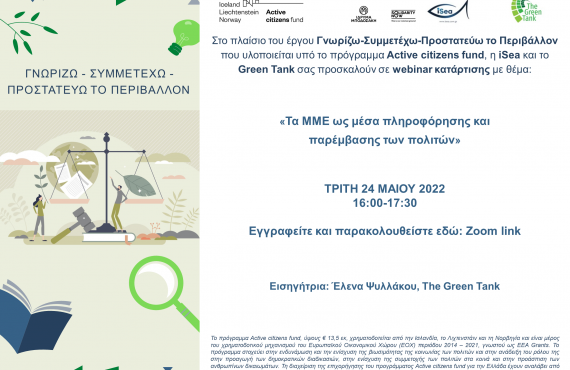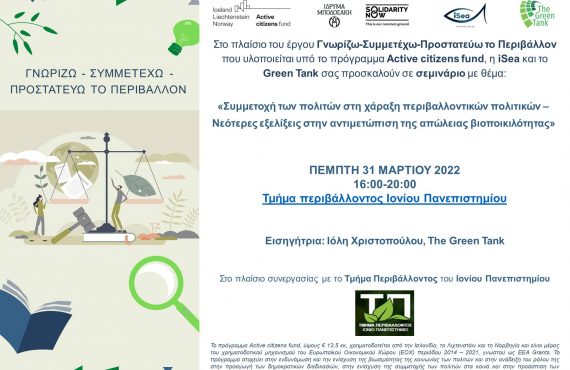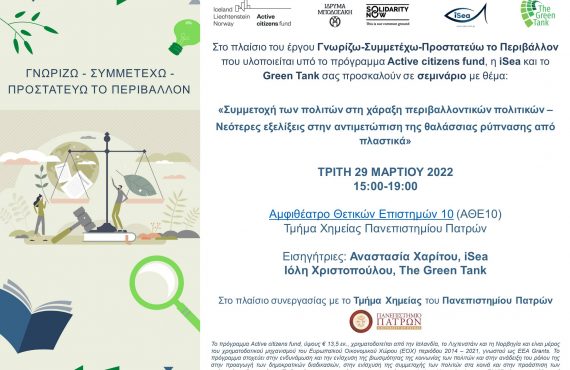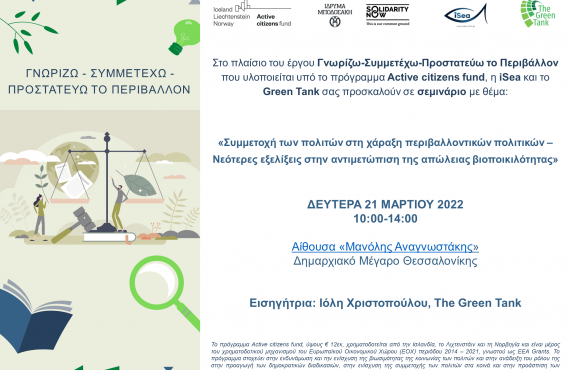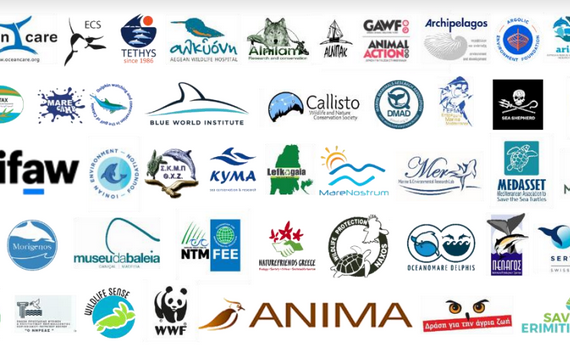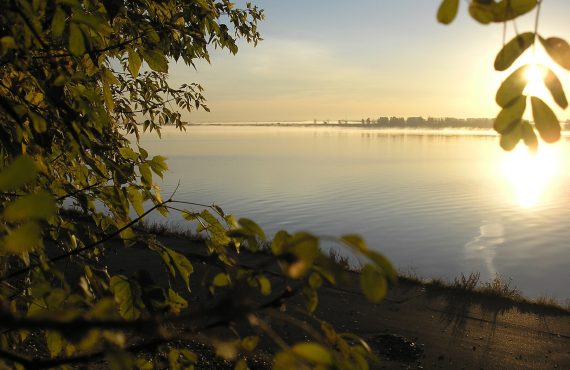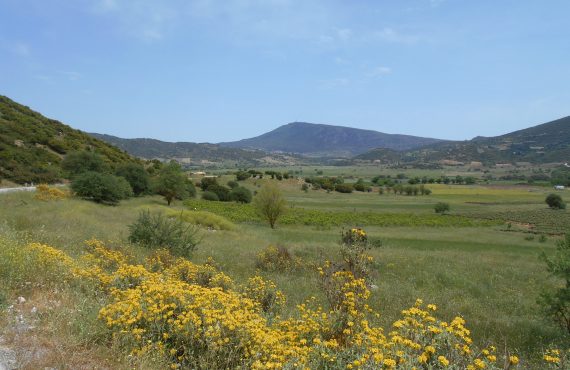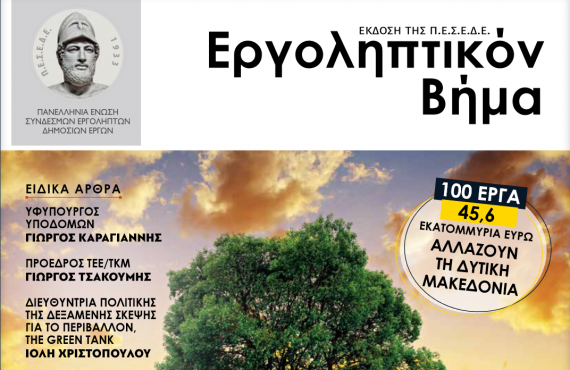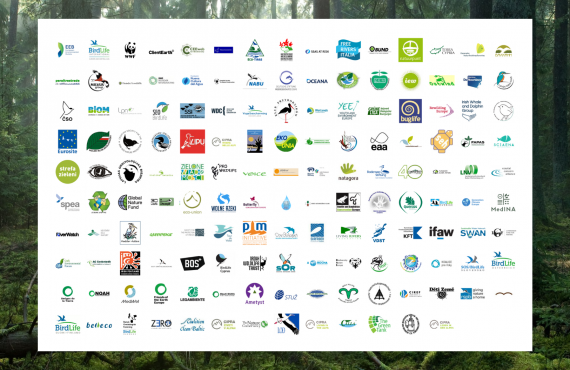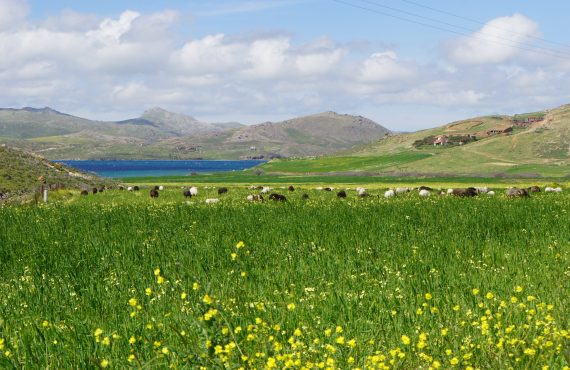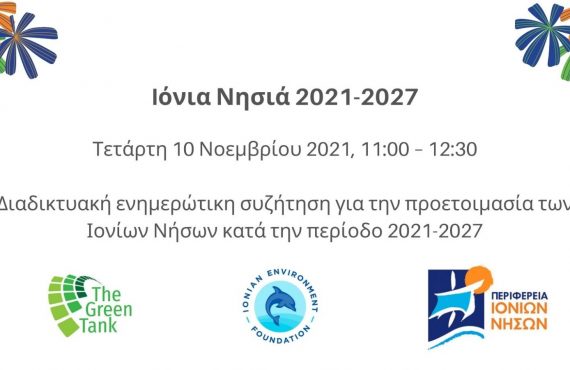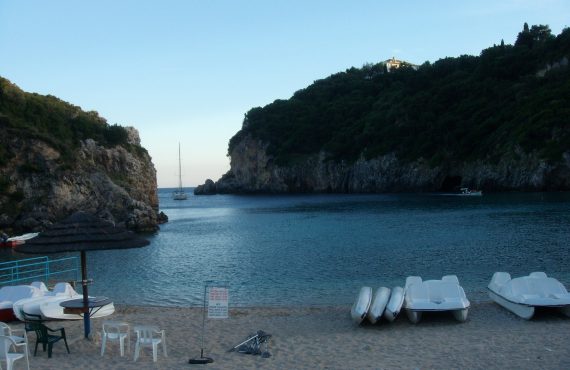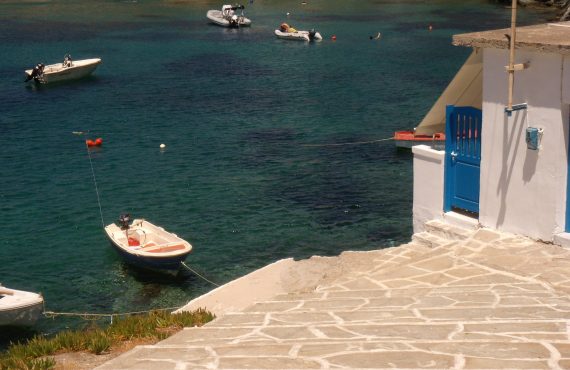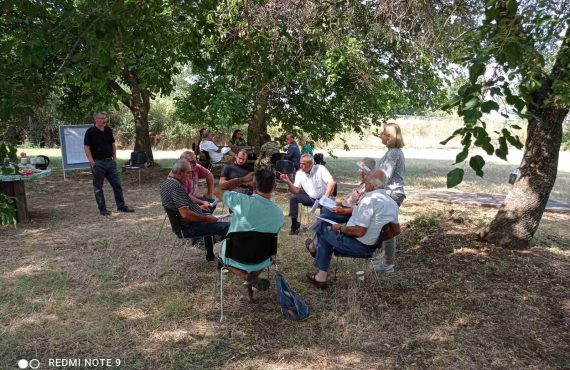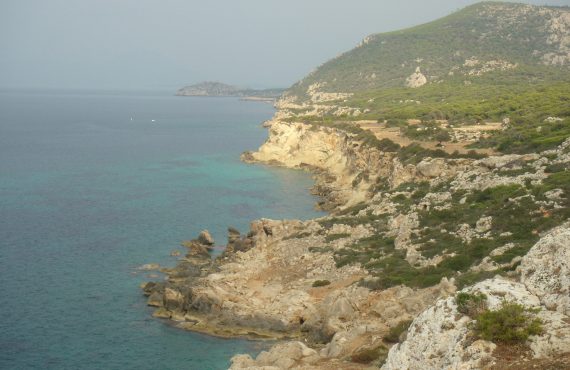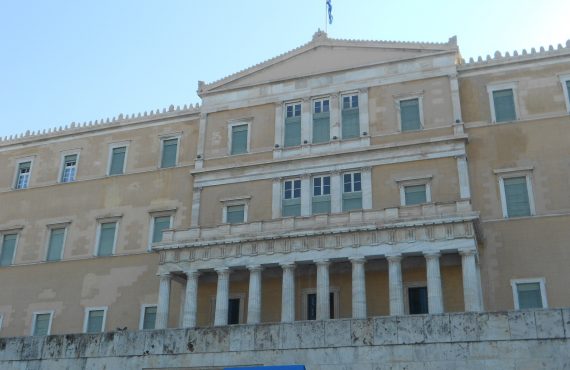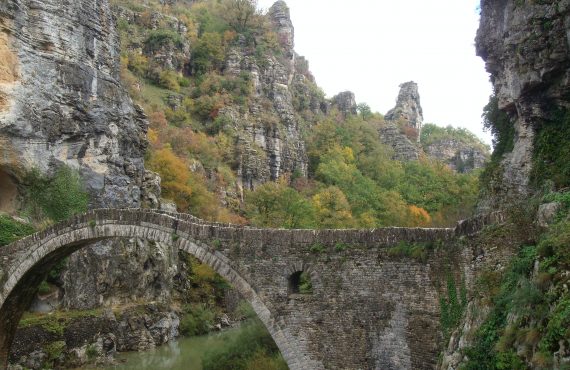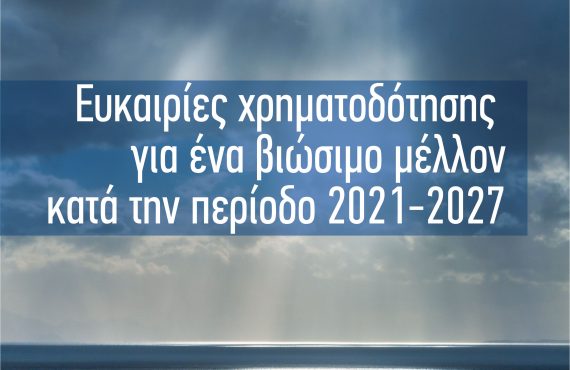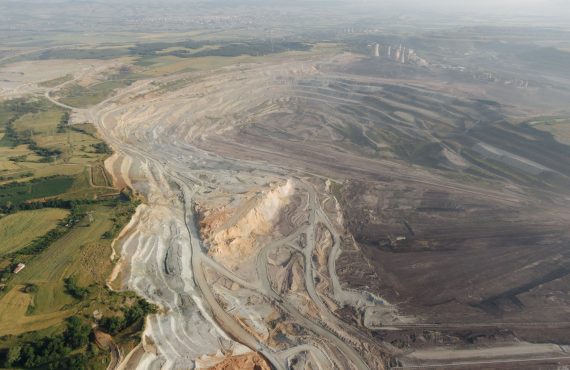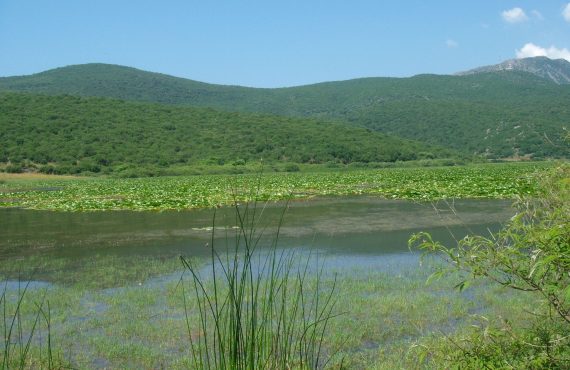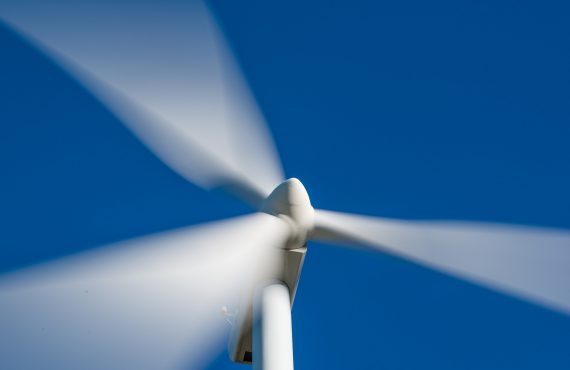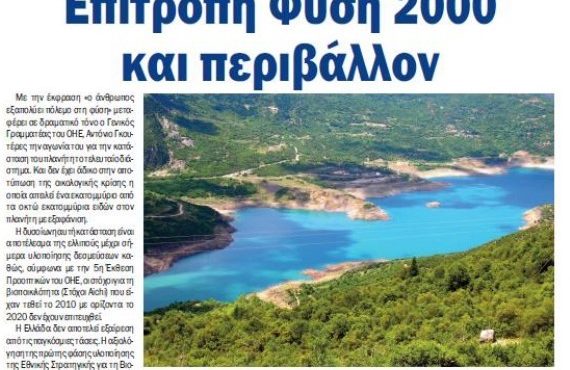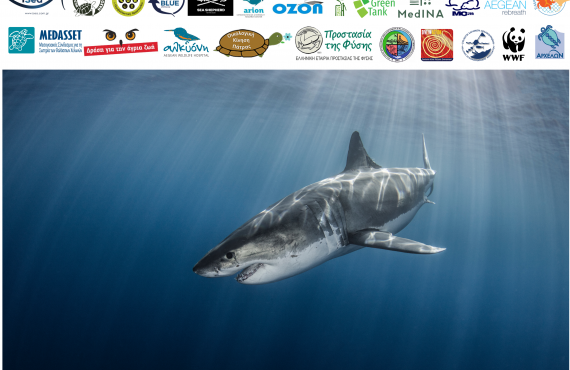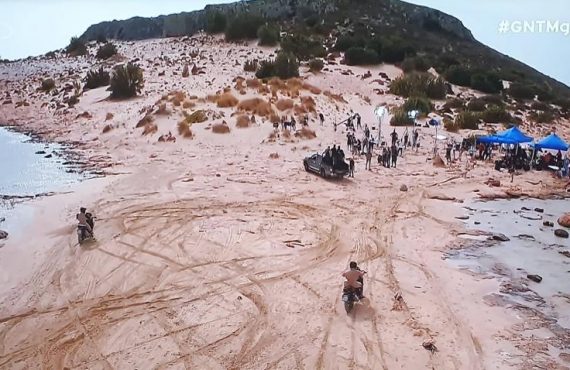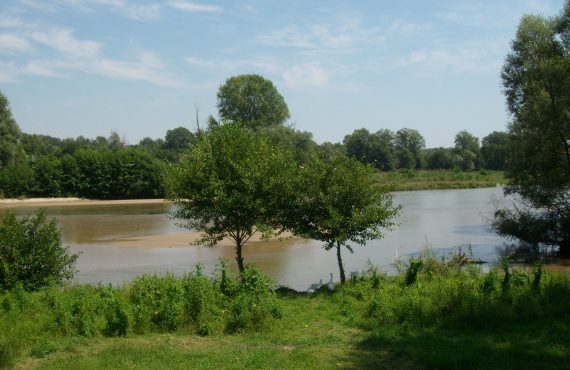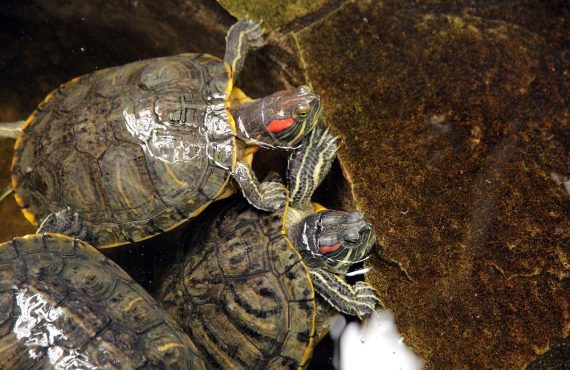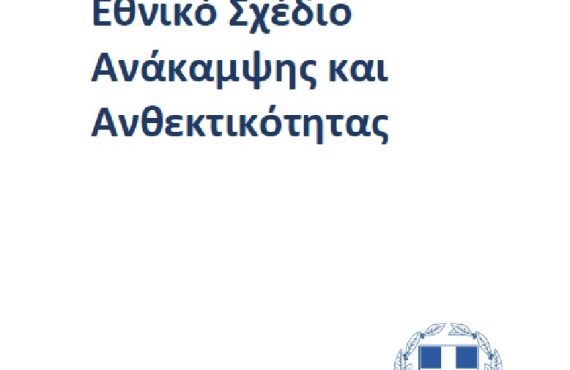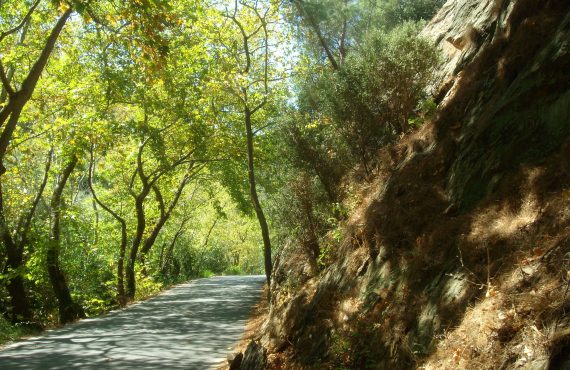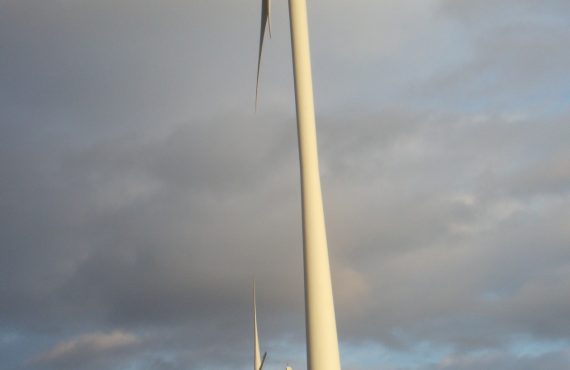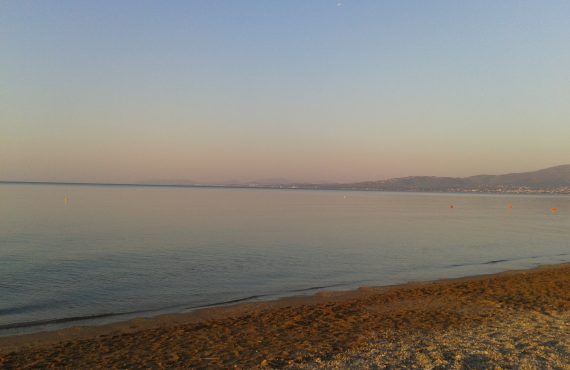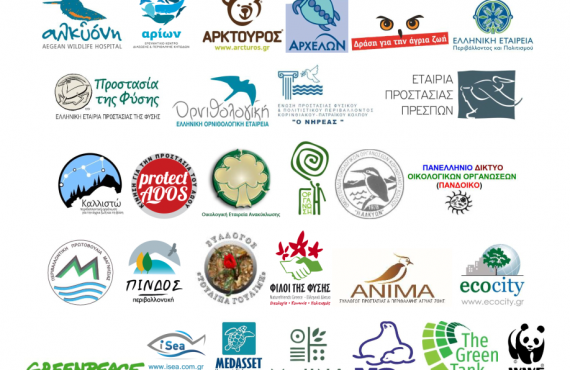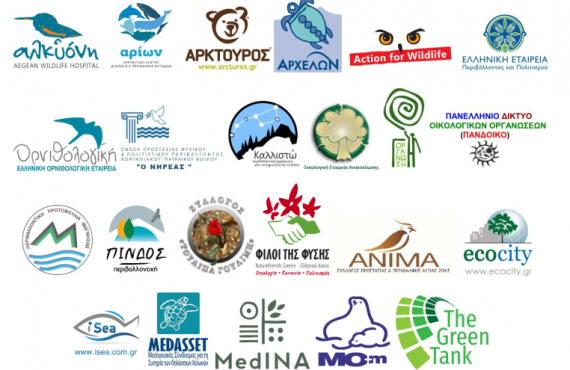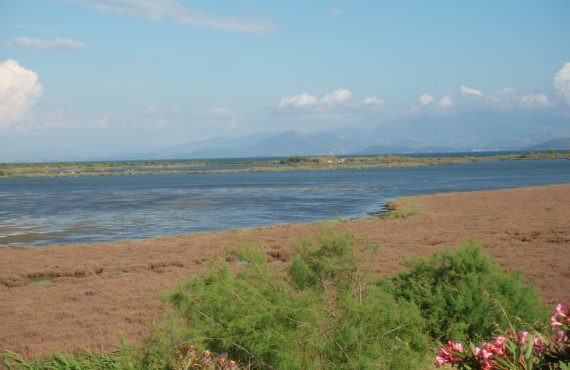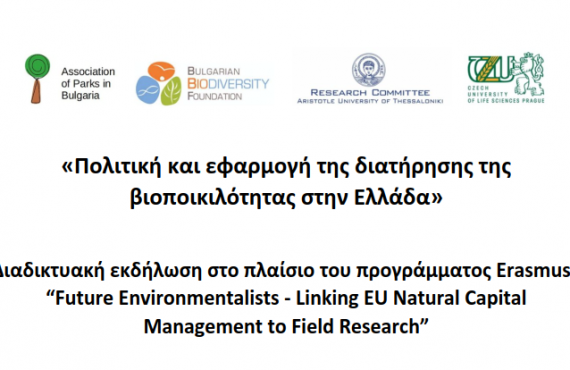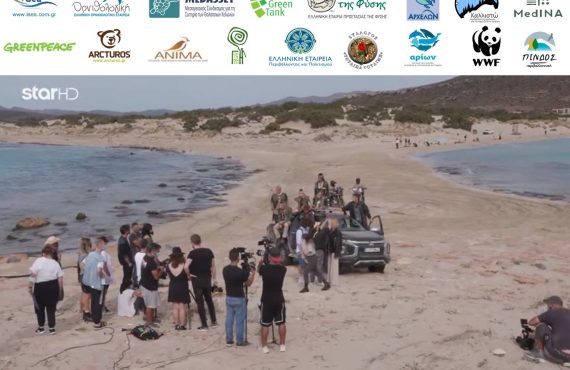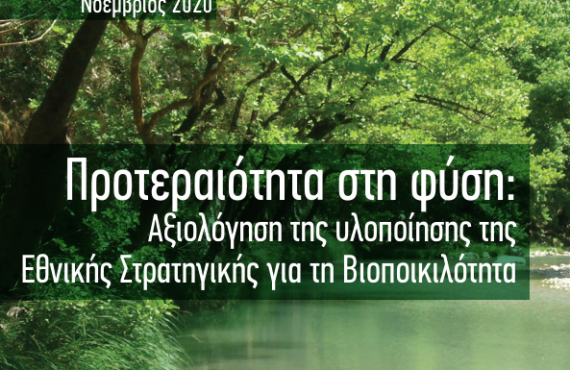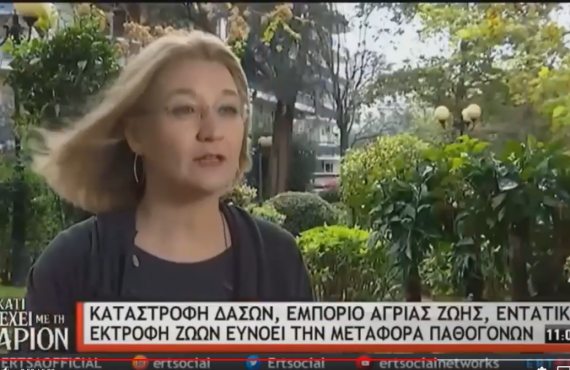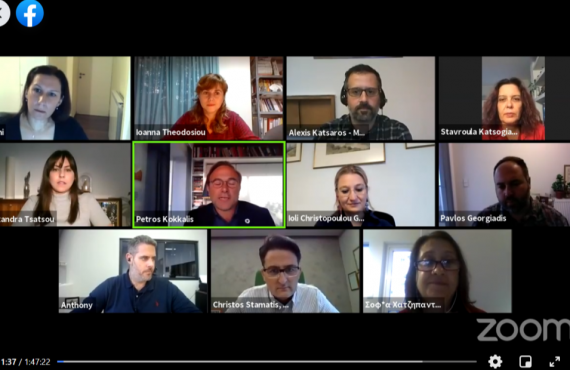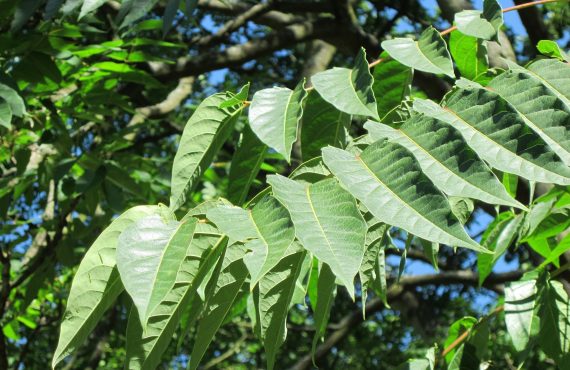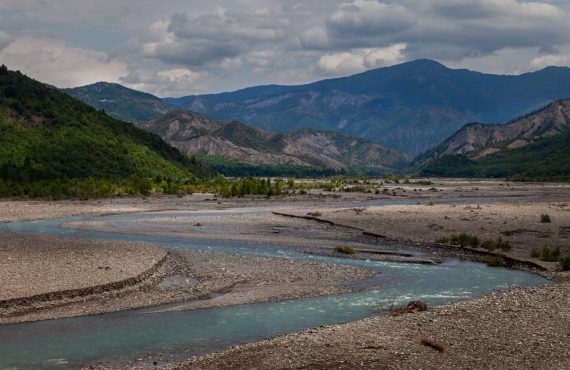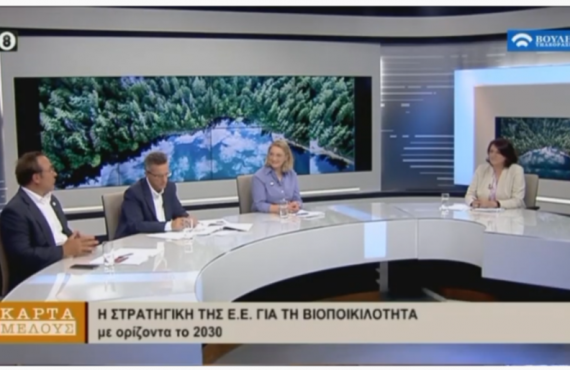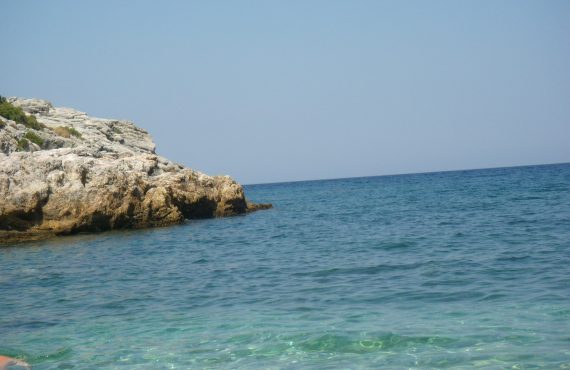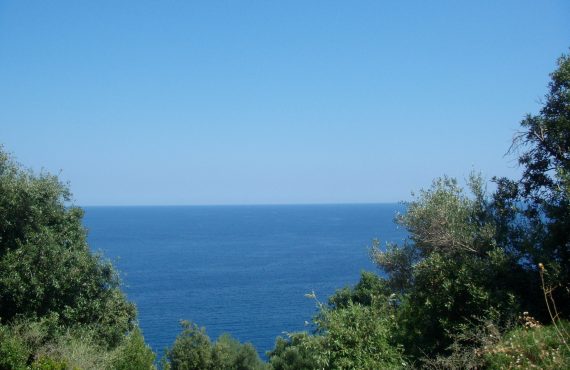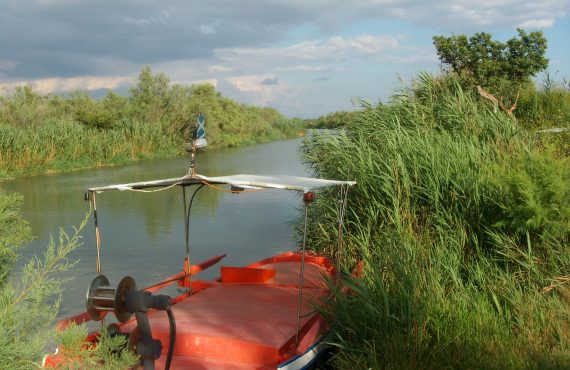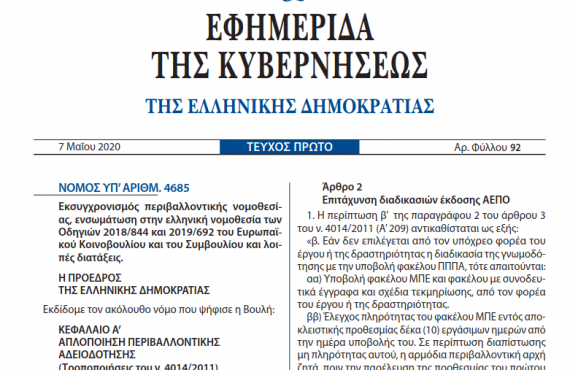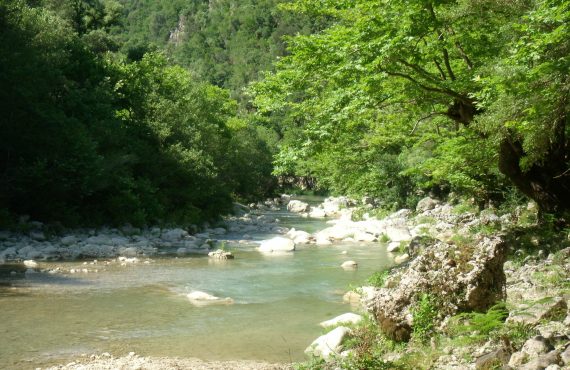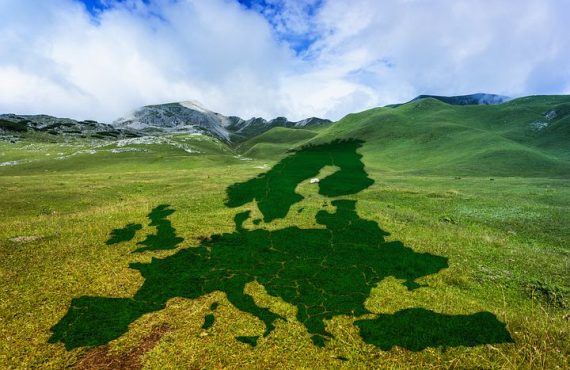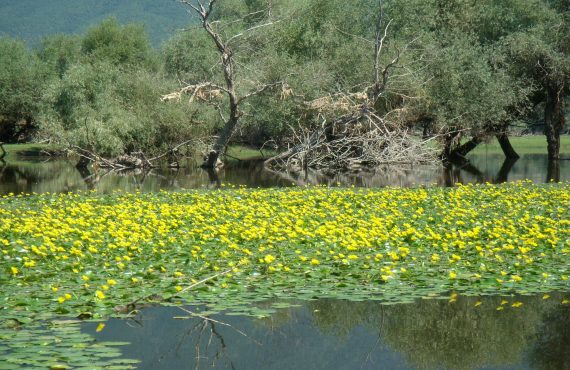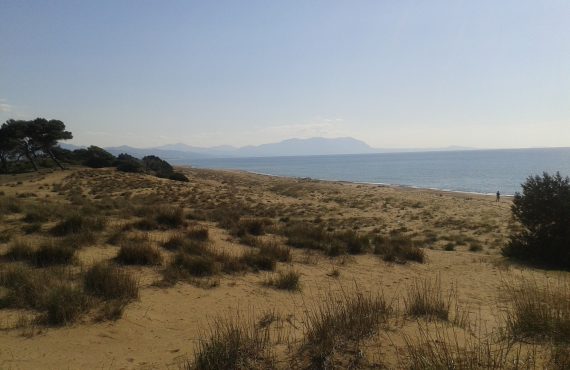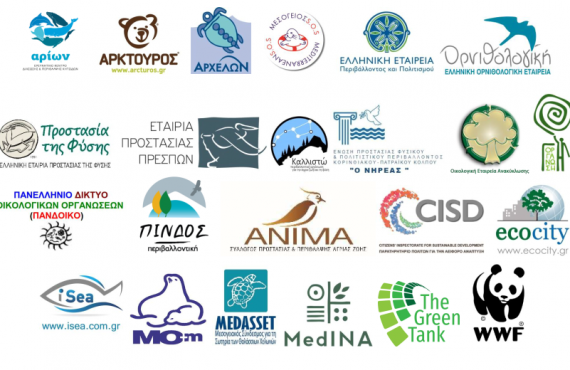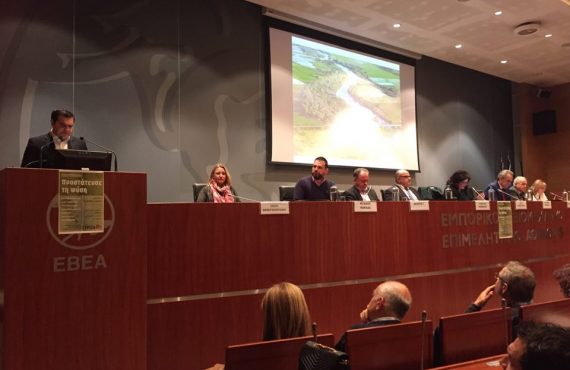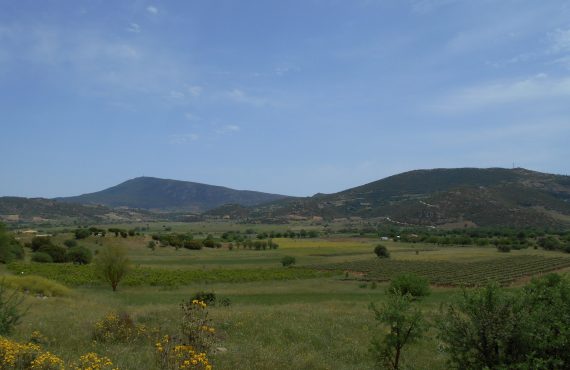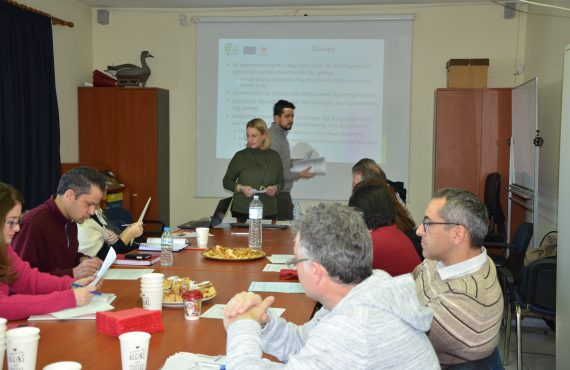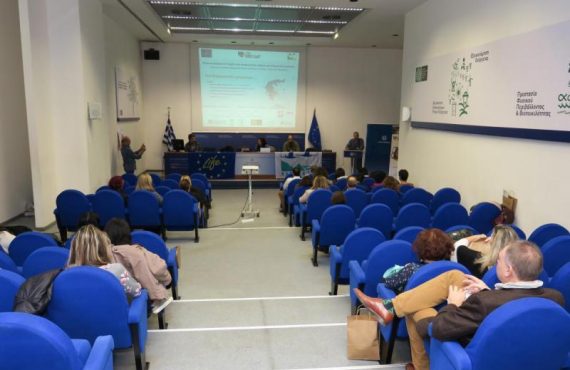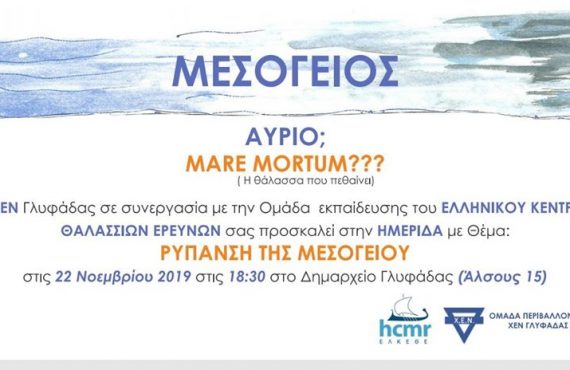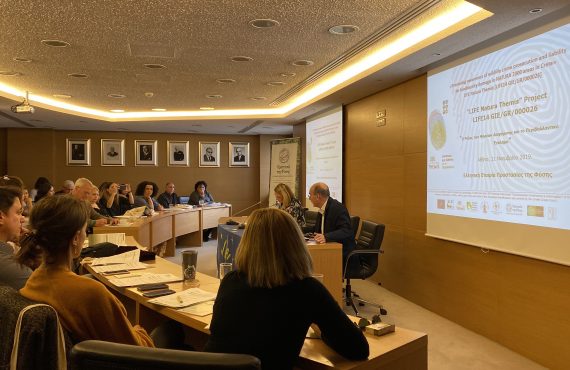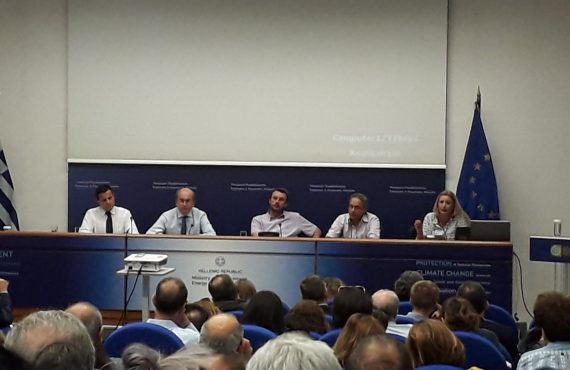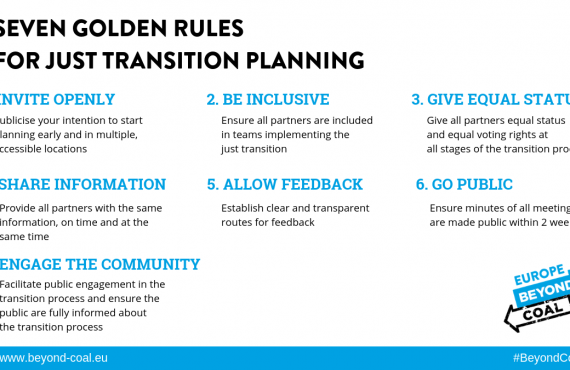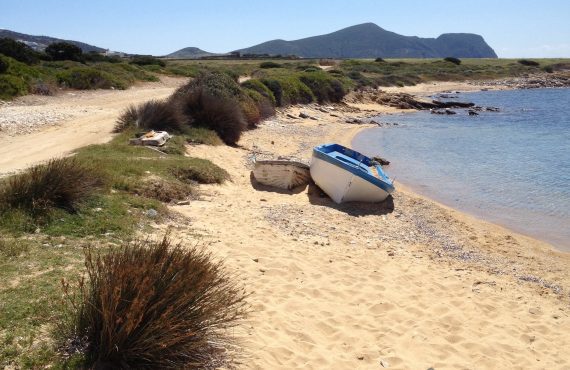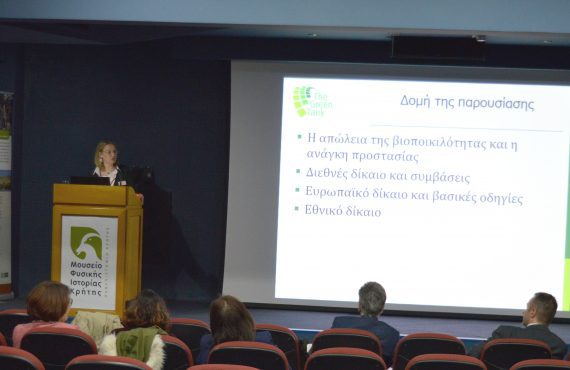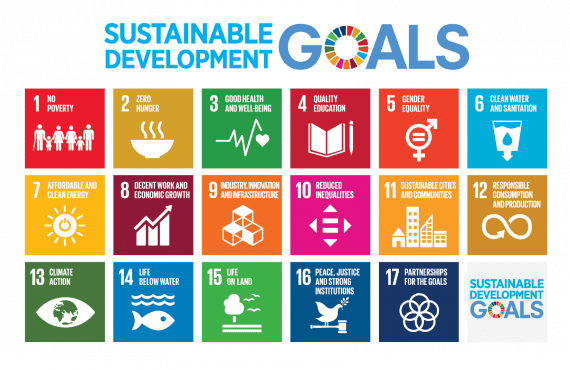On the occasion of the World Environment Day and the conclusion of Green Tank’s new report entitled “Financing opportunities for a sustainable future during the 2021-2027” (in Greek), Ioli Christopoulou in an opinion piece stresses the need to make use of the unprecedented level of funding of the 2021-2027 period for the transition of Greece and its regions to a new sustainable development model.
The opinion piece titled “Financing possibilities to turn the green commitment to practice” was published (in Greek) on Oikonomikos Taxydromos (Financial Post) on 5.6.2021:
Χρηματοδοτικές δυνατότητες ώστε η πράσινη δέσμευση να γίνει πράξη
A rough translation of the article follows:
Financing possibilities to turn the green commitment into practice
The World Environment Day was established in 1972 as a day of awakening and mobilization for the protection of ” Only One Earth ” as was the motto of the first such day to be celebrated two years later.
Almost fifty years later we may be experiencing the moment when the promise becomes a commitment. At least in Europe. The EU Green Deal is the European Union ‘s development strategy for the next decade. Its success will not be measured using economic indicators but percentages of reduction of greenhouse gas emissions and degrees of improvement and restoration of nature by 2030 and 2050.
The pandemic was a crucial test of the degree of commitment to the change in development model, as proposed by the EU Green Deal. The momentum not only did not cease, but, in fact, intensified as Europe committed to a green recovery from the crisis created by COVID-19. The EU Green Deal was tested and persevered. It is now well-established, as it serves as a roadmap for the green and equitable transformation of the European economy.
It is happened that the most critical decade for our survival and the shift of policy towards sustainability coincide with the launch of the new EU budget 2021-2027 (multiannual financial framework, MFF), amounting to € 1,2 trillion, reinforced by € 800 billion from the extraordinary European Recovery Plan, in which the commitment to support the green transition is strong.
The final agreement reached after many months of negotiations provides for a mandatory commitment of 30% of MFF resources to support the EU’s climate targets. In addition, from 2024, 7.5% of the annual budget will be committed to the conservation of biodiversity, a percentage that will increase to 10% from 2026. The commitment, although horizontal, translates into different percentages per fund. For example, the percentage for the European Regional Development Fund is 30%, while for the Common Agricultural Policy 40%. The Recovery and Sustainability Fund provides a mandatory commitment percentage for climate targets and biodiversity actions of 37%.
Green Tank studied the fund regulations and in a new report prepared as part of a project co-financed by the Cyclades Preservation Fund, the Ionian Environment Foundation and the Captain Vassilis and Carmen Constantakopoulos Foundation highlights the potential sources of funding, i.e. the different funds evaluated as the most suitable for the transition of Greece to a sustainable future.
In fact, as all officials reiterate, Greece in the next period will have at its disposal unprecedented amounts of funding. Through the new Partnership Agreement, the Common Agricultural Policy and the Recovery and Resilience Fund, Greece will have at its disposal resources that reach €60 billion in subsidies alone. This amount is complemented by loans that can be obtained from the Recovery and Resilience Mechanism, the leveraging of additional private sources as well as the national co-financing that can raise the amount to even higher levels. The fundamental question that arises is whether this huge amount, which will fuel the national economy after a decade of economic crisis and accumulated pressures due to the pandemic, will be utilized in a different way than the ordinary.
The direction for the best use of resources can be summarized in three axes:
First, the emphasis must be on planning so that the funding will be turned into long-term investments to support the transition to a new sustainable development model. In other words, the emphasis should not be on temporarily stimulating the money, which is expected with such a flow of resources – as has been the case in the past. Resources can and must support the transformation of sectors of the economy with a significant environmental footprint, such as the energy, tourism, agriculture and fisheries sectors, while safeguarding the country’s rich biodiversity.
Second, coordination of seemingly distinct design processes is required to ensure the maximum complementarity of available resources from different sources. In other words, the Partnership Agreement, the planning of the Common Agricultural Policy, the National Recovery Plan – Greece 2.0, must be addressed on the basis of a unified plan to ensure combined financing, with multiple benefits.
Third, participatory planning is required, with the substantial contribution of local and regional authorities, so that funding can be tailored to regional and local needs and make use of the comparative advantages of each region. This is particularly the case, as the sectors of the economy mentioned are present throughout the country, even though with varied intensity. At the same time, open consultations are needed with civil society and especially environmental actors, which can contribute with alternative recommendations and approaches.
During the 2021-27 period, Greece and its regions have the unique opportunity to transform the green rhetoric into a practical and fundamental transformation of the economy. Will they do it?
Note:
The article is part of the “EU Financing for a Sustainable Future” project which is implemented by the Green Tank with co-financing from the Cyclades Preservation Fund, the Ionian Environmental Foundation and the Captain Vassilis and Carmen Constantakopoulos Foundation.






